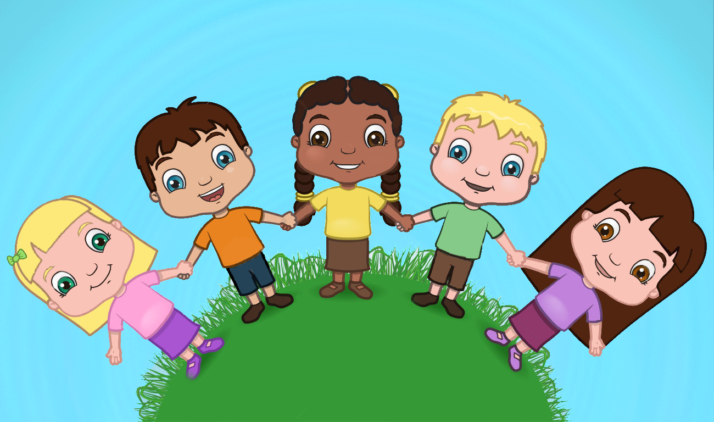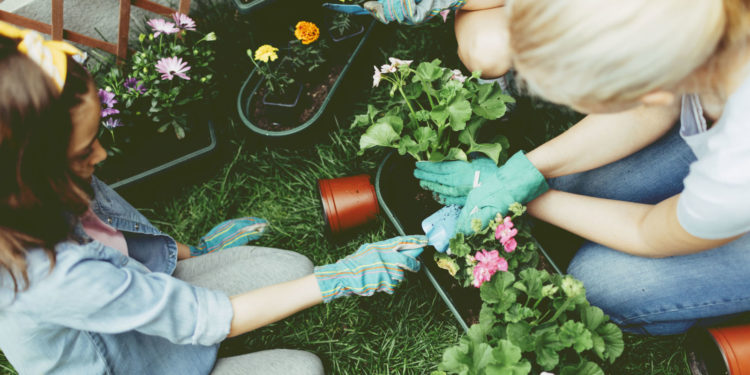Some recent events in the country bring to the fore a necessary word in education: tolerance. What does it mean? Why is it so important? Tolerance is the willingness to accept behaviors and beliefs that are different from our own, although we might not agree with or approve them. We are surrounded by differences in ethnicity, religion, culture, gender, disabilities and other differences that simply we cannot deny (even politics). Some people see the multicultural society as a marvelous scenario to act in but others do not feel at ease. That’s why it is important to encourage tolerance in our kids from an early age.
Educating our children as human beings capable of learning from other cultures means make them feel relaxed and open to new ideas, experiences and knowledge. We need to teach our children the ability to learn to work with others, to understand and appreciate people for who they are and not for what they believe or look like.
Always keep in mind these tips:
- You don’t have to sacrifice your heritage or beliefs. Being tolerant is respecting yourself and celebrate the differences of others.
- Parents are role models. The tolerance they show naturally teaches their kids how to behave. Remember: children closely watch and imitate us, even before they can speak.
- Look at the way you treat and speak to others, even those who you do not have a very close relationship. Think carefully about the words you use, avoid joking and any degrading name.
- Be sure to talk to your children about programs, movies and games that can motivate intolerant behavior. The media has a a powerful ability to shape attitudes. Let them express themselves about they think or believe and discuss together.
- Look at the differences within your own family, help your kids to appreciate and accept the qualities each member possesses.
- Explore with your children how different cultures celebrate special occasions, learn together about other traditions. Make new and good friends from different groups. Travel as much as you can to meet other people.
- Remember: it’s up to parents, teachers and other positive role models to guide children as they explore the technology world.











